For in vivo CAR-T cells to attack cancer persistently and effectively, the structure of the CAR itself is critical. In particular, the design of co-stimulatory molecules and intracellular signaling domains directly impacts the treatment’s efficacy and safety. This article focuses on the components of CARs, from the basics to the latest structural innovations.
Table of Contents
- 1. What Is the Basic Structure of a CAR?
- 2. The Role and Evolution of Co-stimulatory Molecules
- 3. Innovations and Challenges in Signal Engineering
- 4. Applications in In Vivo CAR-T and What’s Next
1. What Is the Basic Structure of a CAR?
A CAR (Chimeric Antigen Receptor) is an artificially engineered receptor that enables T cells to recognize and attack cancer cells. It consists of the following components:
- Antigen Recognition Domain (scFv): Derived from antibodies, this domain binds specifically to tumor antigens.
- Hinge Region: Adds flexibility and adjusts intercellular distance.
- Transmembrane Domain: Anchors the CAR into the T cell membrane.
- Intracellular Signaling Domain: The core unit that determines activation strength and duration.
The intracellular signaling domain is especially crucial as it governs T-cell persistence, efficacy, and toxicity.
2. The Role and Evolution of Co-stimulatory Molecules
For full activation, T cells require not only antigen recognition but also co-stimulatory signals. In CAR-T therapy, co-stimulatory domains are integrated to promote T-cell survival, proliferation, and cytokine production.
Representative Co-stimulatory Molecules:
- CD28: Provides rapid and strong activation, though it may increase T-cell exhaustion and toxicity.
- 4-1BB (CD137): Induces slower but longer-lasting activation and is favorable for memory T-cell formation.
- OX40 and ICOS: Often used as supplemental domains in third-generation CARs.
CAR-T Generations by Structure:
- 1st Generation: CD3ζ only; insufficient activation.
- 2nd Generation: Adds either CD28 or 4-1BB.
- 3rd Generation: Combines multiple co-stimulatory molecules for enhanced stability and function.
3. Innovations and Challenges in Signal Engineering
Signal engineering aims to induce “not too strong, not too weak” activation for optimal performance.
Balancing Activation with Exhaustion:
CD28-based CARs respond quickly but may exhaust early. In contrast, 4-1BB-based CARs are more sustainable, making them ideal for chronic disease models and in vivo approaches.
New Technology: Tunable CARs (tCARs)
New CAR designs allow external modulation of signal strength and duration—enabling drug-controlled activation that may reduce toxicity.
Advanced Control Mechanisms:
Control modules like iCAR and SWIFF-CAR are being developed to suppress activity in non-tumor tissues or activate only within the tumor microenvironment.
4. Applications in In Vivo CAR-T and What’s Next
In vivo CAR-T therapies require in-body expression of CARs that exhibit optimal signal strength and safety. Key considerations include:
- Selection of safe and effective co-stimulatory molecules (e.g., CD28 vs. 4-1BB)
- Drug-responsive on/off switches for external control
- Expression-level regulation via promoters and tCAR architecture
Refining these aspects is key to realizing truly “precision medicine” in CAR-T therapy.
In the next article (Part 5), we’ll explore “Clinical Trials and Leading Companies Advancing In Vivo CAR-T.” We’ll look into the cutting-edge of practical development and deployment.
🔗 Related Articles & Series Links
- [Part 1] The Miracle of Emily: What Is CAR-T Therapy?
- [Part 2] The Technology Behind In Vivo CAR-T
- [Part 3] Key to Precision and Safety: Designing Smart CAR Expression
- Introductory Series Article List


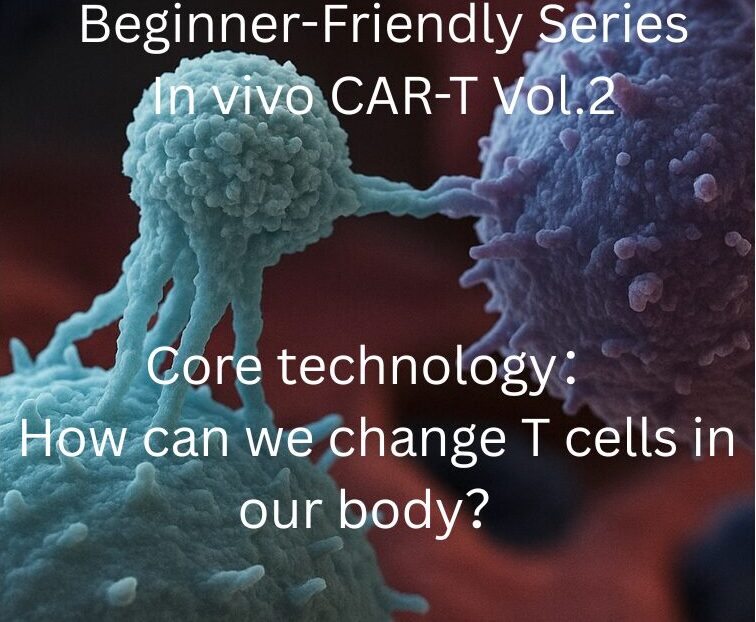
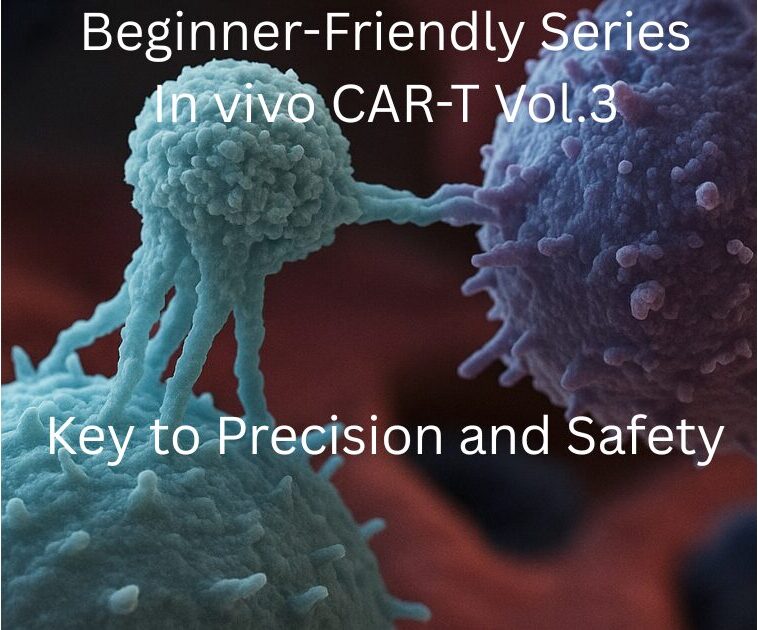
This article was produced by the Morningglorysciences editorial team.
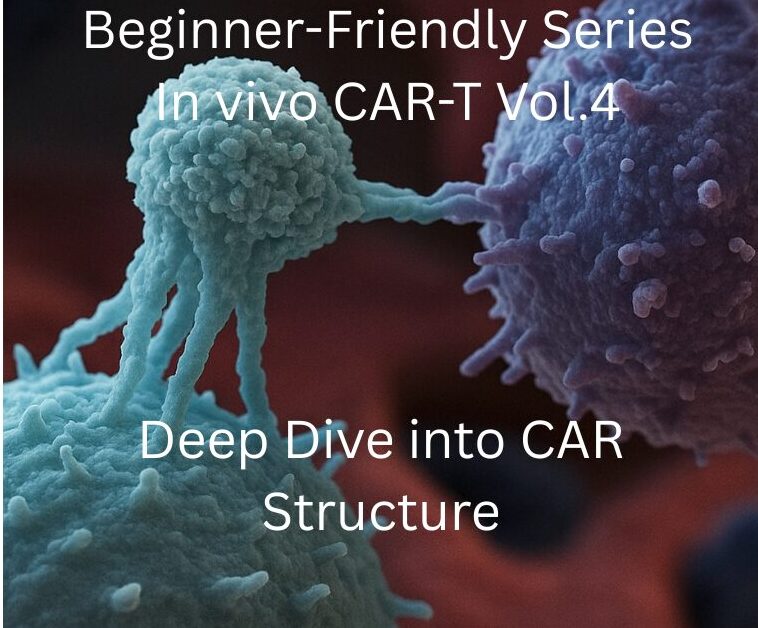


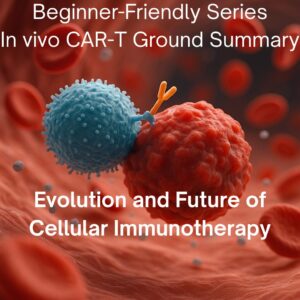


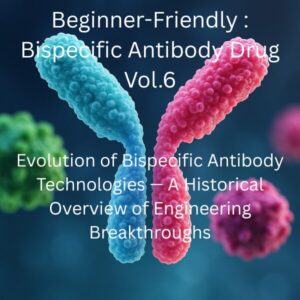

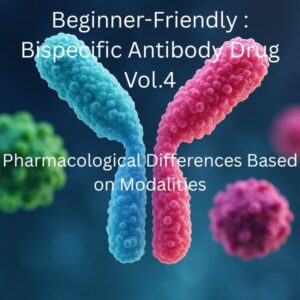
Comments